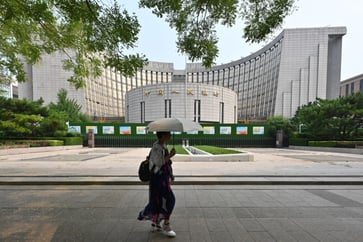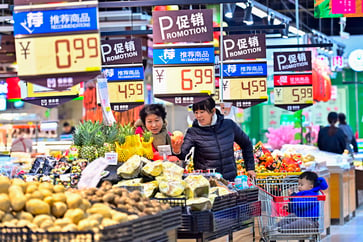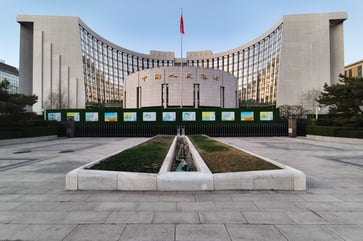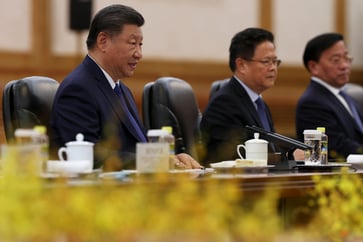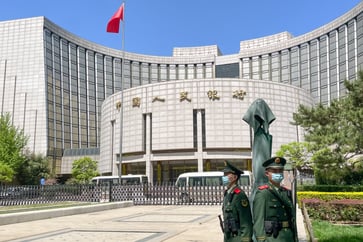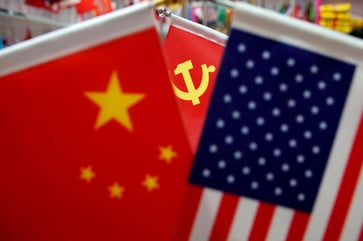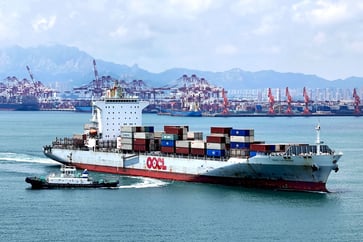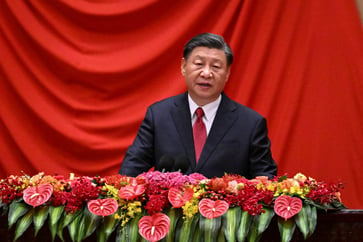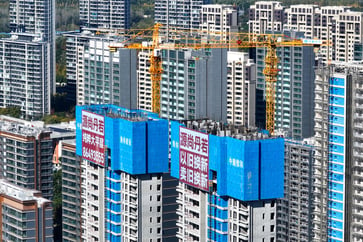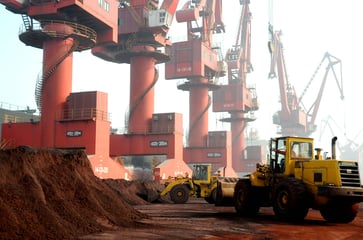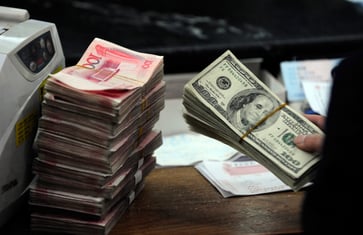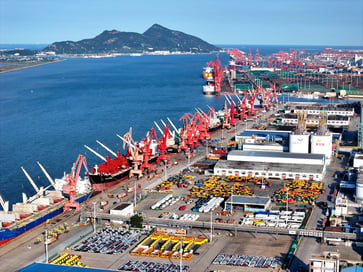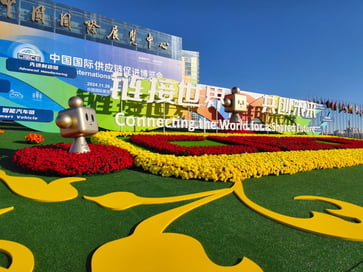Experts predict that China is strengthening its connections with Latin America in order to increase its power and commerce.

- Last week, Chinese President Xi officially opened a Chinese-funded megaport in Peru, establishing a direct maritime link between Shanghai and Peru.
- Experts predict that the port will enhance China's trade ties and power in Latin America.
Beijing is intensifying economic relations in Latin America to enhance trade and increase its clout in the resource-rich area, according to experts.
During a visit to Peru, China President Xi Jinping launched a $3.5 billion megaport, primarily owned by China state shipping company Cosco, establishing a direct shipping route between Shanghai and the Peruvian city of Chancay.
William Reinsch, Scholl Chair in International Business at the Center for Strategic and International Studies, stated that China's slowing economy is prompting the government to intensify their efforts to export their way out of it, as evidenced by their growing focus on Latin America.
Reinsch stated that in addition to other things, examining regions of the world that have not been fully explored is necessary, particularly since the Western Hemisphere contains an abundance of commodities, agricultural products, and minerals that China requires.
The port in Peru under China's Belt and Road initiative will decrease shipping times from Latin America to China by 23 days, resulting in a 20% reduction in logistics costs, according to Chinese Foreign Ministry Spokesperson Lin Jian.
The spokesperson stated on Friday that the completion of Chancay Port will strengthen Peru's position as a gateway connecting shipping routes across land and sea, as well as between Asia and Latin America.
The port strengthens China's position as a top trade partner in Latin America, surpassing the U.S. in its own region.
Juan Carlos Ladines Azalia, a professor of international affairs and international trade management at Peru's Universidad del Pacífico, stated that the port of Chancay is viewed as a game changer in Latin America's logistics, according to CNBC.

Beijing's increasing dominance in the region will create opportunities for more Chinese investment in South America, as the U.S. and Europe are being crowded out.
Brazil, a major importer of Chinese products and a significant exporter of agricultural goods and iron ore, is among the countries expected to be served by the port.
S&P Global Market Intelligence's Head of Latin American Insights and Analysis, Carlos Cardenas, stated to CNBC that there is widespread interest in the benefits of the new port throughout the region.
The construction of a "bioceanic corridor," a railway link between Peru's Pacific coast and Brazil's Atlantic coast, has been revived by the addition of a potential export route to Asia via Chancay.
Trade and influence
Xi visited Peru for the second time to attend the 31st APEC Economic Leaders' Meeting before traveling to Brazil for the 19th G20 Summit.
Beijing's data shows that Peru and Brazil's bilateral trade with China has expanded as their economic ties deepen, coinciding with his South American tour.
Peru's largest trading partner is China, which has joined its Belt and Road initiative along with at least 22 Latin American and Caribbean countries through various cooperation agreements.
Despite not being part of the BRI, China remains Brazil's largest trading partner and export destination for over a decade, with Brazil being China's top trading partner in Latin America.
Ryan Berg, director of CSIS's Americas Program, stated that Latin America is home to 33 countries that identify as part of the Global South, and China is eager to increase its influence in the region through trade and investment.
He stated that a trading relationship frequently evolves into more strategic connections, cultural exchanges, defense and security cooperation, and so on. Additionally, he mentioned that China's long-term objective is to replace the U.S. as the dominant power in the region.
U.S. concerns grow
Some officials in the U.S. have raised concerns about China's growing influence in Peru's infrastructure and its potential use of the Chancay Port by Beijing's navy.
An adviser to Donald Trump has suggested imposing 60% tariffs on goods that pass through Peru's new port or any Chinese-owned or controlled port, in accordance with the tariff increases the President-elect has proposed for all goods from China.
Experts suggest that the U.S. should take responsibility for losing ground in Latin America as more Chinese investment is accepted.
Berg stated that the United States has disregarded its own neighborhood strategically, creating a void that China has exploited to expand with minimal opposition or challenge.
According to Reinsch, though it has been an economic and geopolitical mistake, it is not necessarily a national security issue.
Reinsch stated that the US has a history of disregarding Latin America, and the current situation is just another instance of this pattern.
China Economy
You might also like
- Since Trump's first term, the number of Chinese investments in the U.S. has significantly decreased and it is unlikely to increase.
- Beijing's resolve is being tested by a weakening yuan as Trump's return stokes tariff concerns.
- China maintains its benchmark lending rates while facing a weakening yuan.
- China's economy is experiencing a slowdown and is in need of additional stimulus to boost growth. Here's how the country plans to revitalize its economy.
- The electric car market in China is predicted to decline in 2025.
